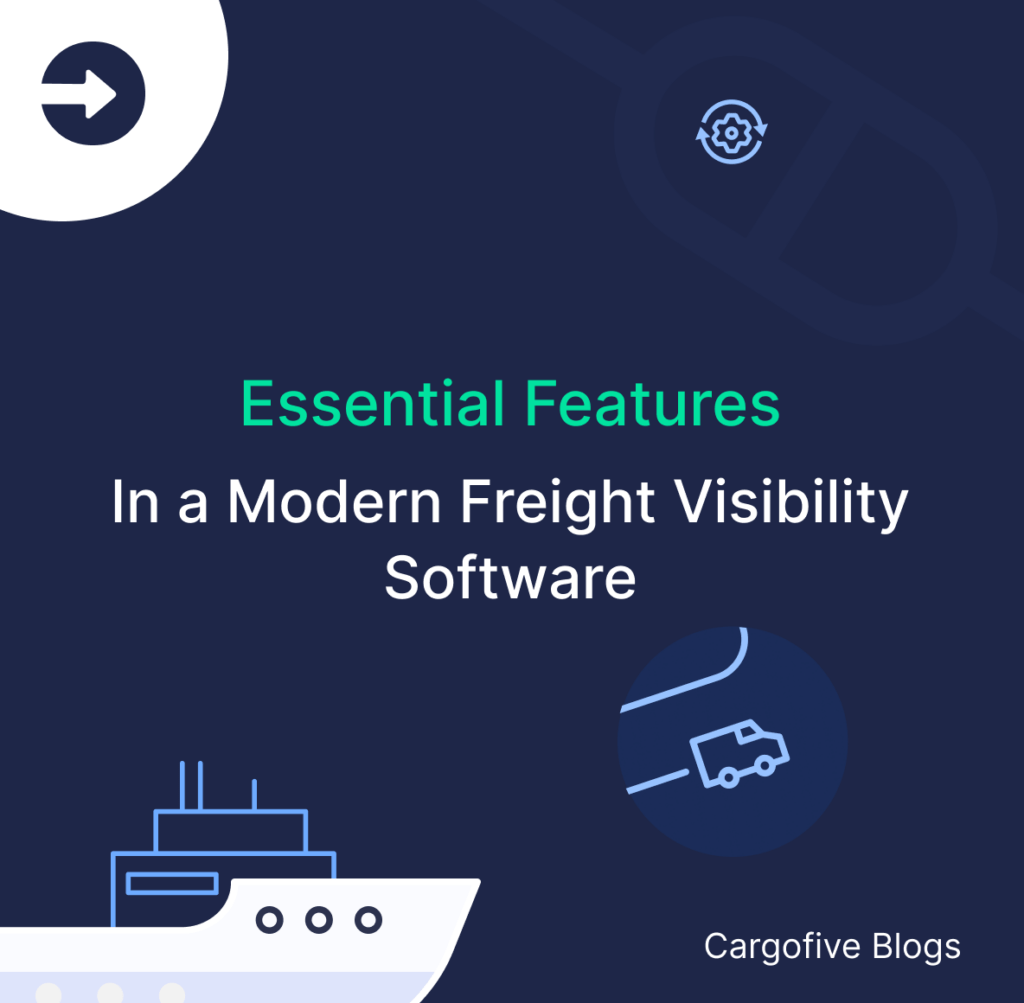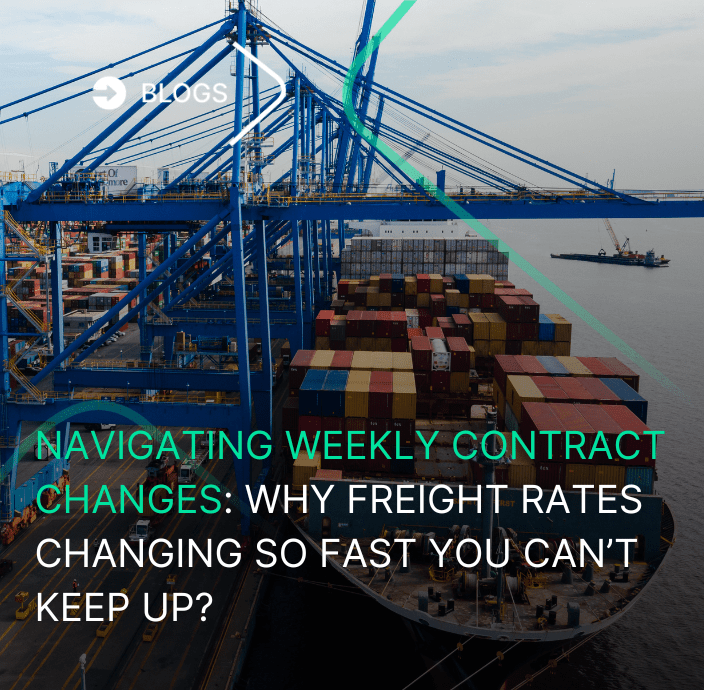Competitiveness in the freight forwarding industry is on the rise. Now, freight forwarders must be alert so that their profit margins are not reduced. One of the alternatives to keep the company profitable may be to keep costs low. But how can this be achieved?
In a freight forwarder, reducing costs can sometimes seem like something very difficult to achieve, and even more so when everything has already been tried and the only valid alternative seems to be increasing operations as far as profit margins allow. But, nowadays, having so many tools at our fingertips, there are several ways that can lead us to it. One of them is relying on the solutions that the digital age offers.
How can costs be reduced in a freight forwarder?
- Using technology
Currently, a freight forwarder must run many shipments to keep costs down and profit margins up. But that also means that they must improve and accelerate all operations. This is often difficult because the information needed is scattered in several Excel sheets, emails, and different websites from shipping companies. As a result, a person can spend 30 minutes entering data manually for a single shipment. In addition, many times the data is repeated since it comes from the same client.
Implementing integrated software can help to improve both planning and automation of the workflow since data can be entered, searched, and used in a more agile and easy way. Besides, the information collected is saved so it can be reused, gaining efficiency and reducing up to 80% of the time.
- Increasing customer satisfaction
It is possible that, although the operation is at its efficient point, the requirements are not optimal to reduce costs. There, a valid alternative may be to analyze customer satisfaction. Having satisfied customers means having loyal customers who trust the service and are willing to use it again. Considering the wide variety of offerings on the market, this should be a key point in a freight forwarder strategy.
Customers may feel dissatisfied if not enough time is spent cultivating a relationship with them, being timely with their requirements, and staying one step ahead of them. Responding to customers’ inquiries quickly and providing accurate information on the status of a shipment can increase their satisfaction and lead them to choose the service again. Today, there are several solutions that can help track requirements, either by email or by tools like Intercom.
- Relying on human talent
Organizations that are immersed in the maritime industry 4.0, rely heavily on their workers. Skills such as flexibility, analytical capacity, and the ability to respond in an agile and creative way will be key to developing innovative solutions adaptable to the needs of the company. Today more than ever, the fundamental pillar of the organization is the workforce, since they are face to face with problems and can visualize key pain points when it comes to reducing costs of daily operations.
As we mentioned earlier, having the right tools is crucial as it helps freight forwarders achieve efficiency in their operations. Digitalization gives us a hand to face the barriers that may arise in an industry as changing as the maritime. At Cargofive, we work hard every day to continue getting freight forwarders onboard this digital wave, so they are able to increase their profit margins while reducing their costs and staying at the forefront of the industry. We are waiting for you!
AUTHOR



